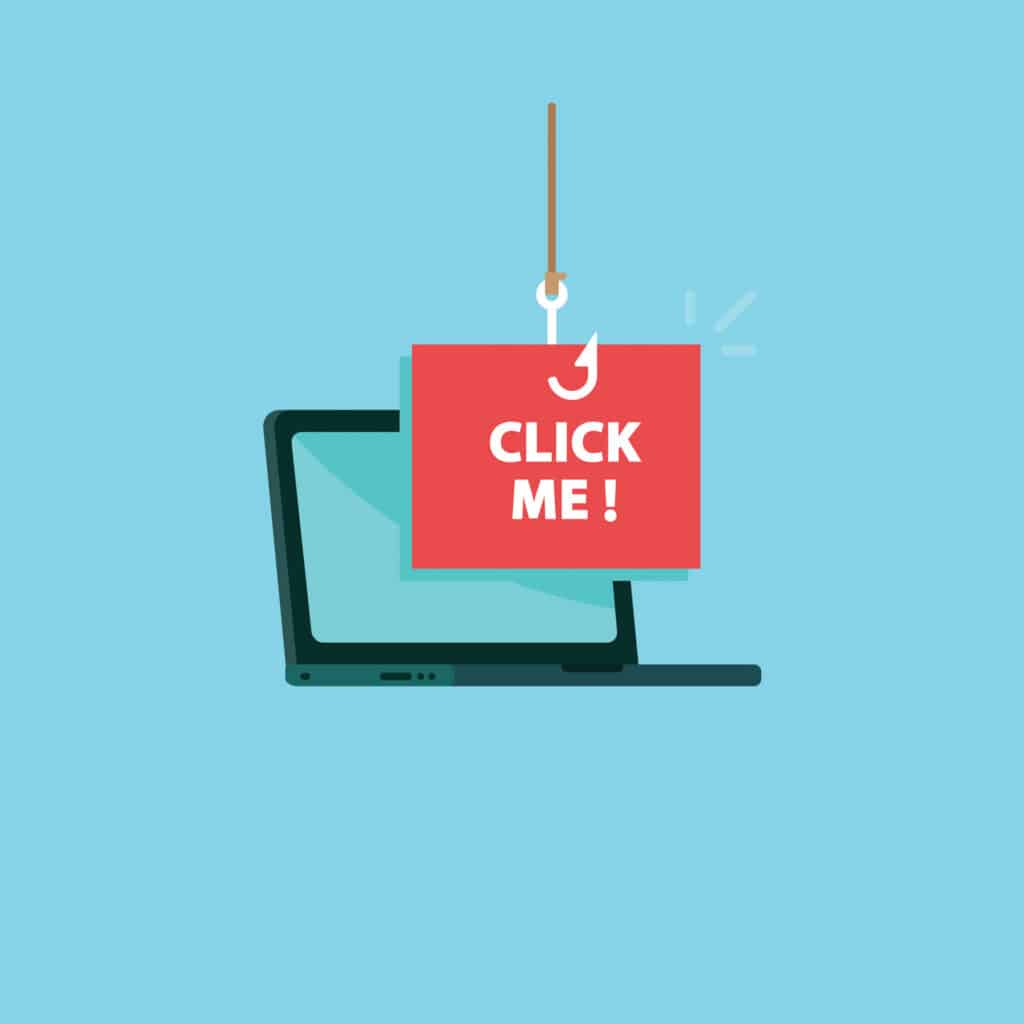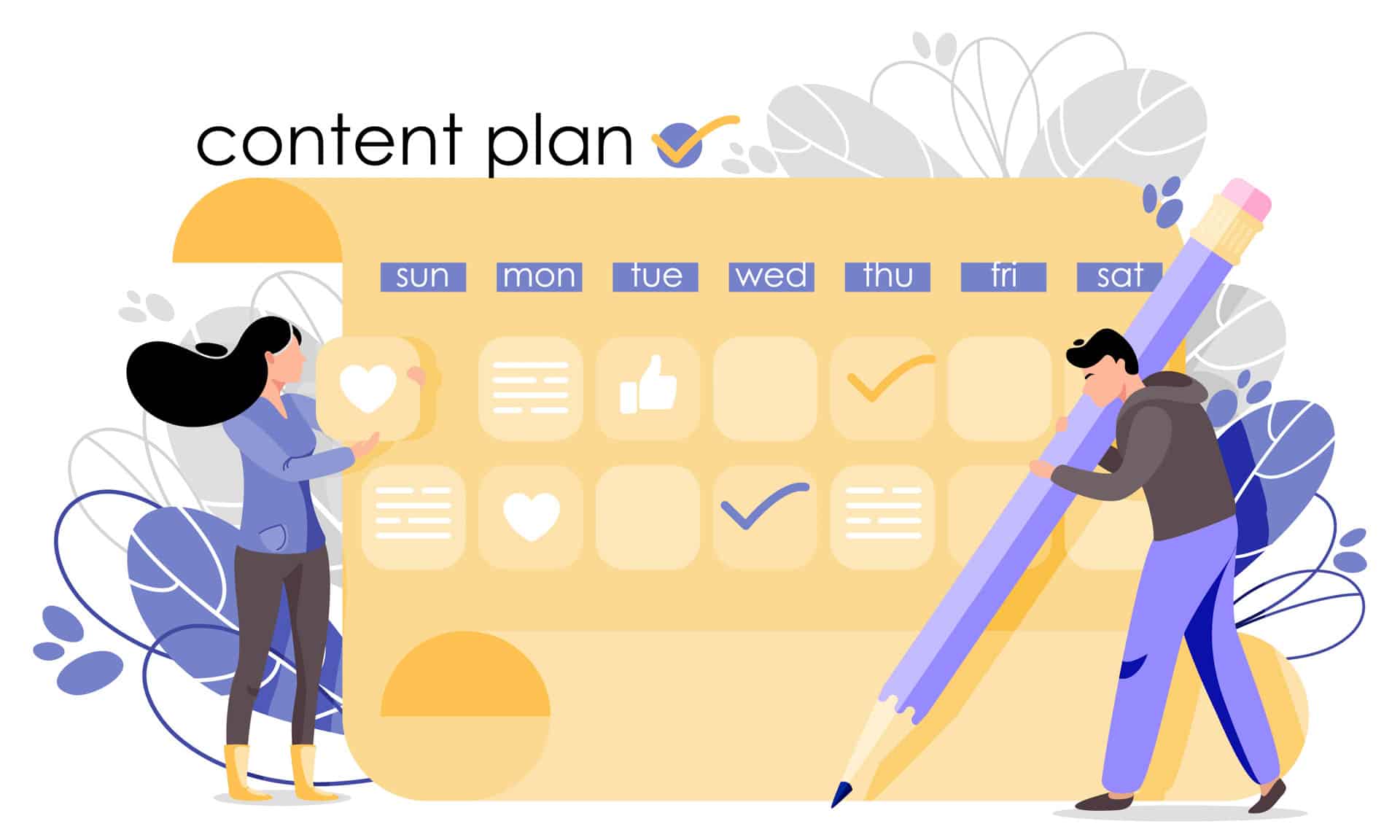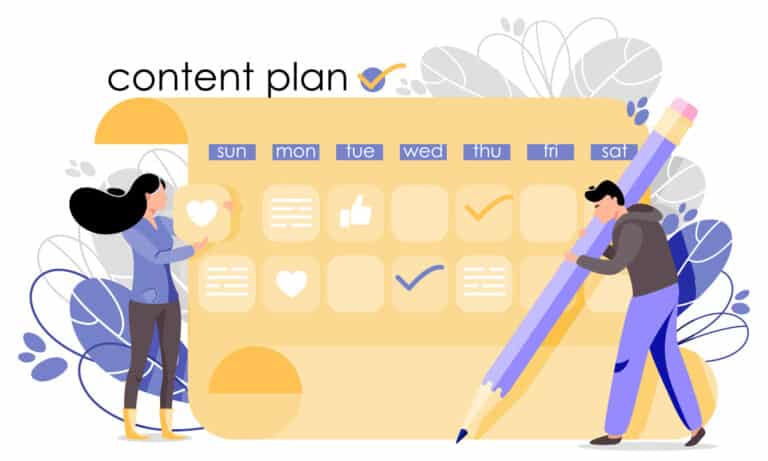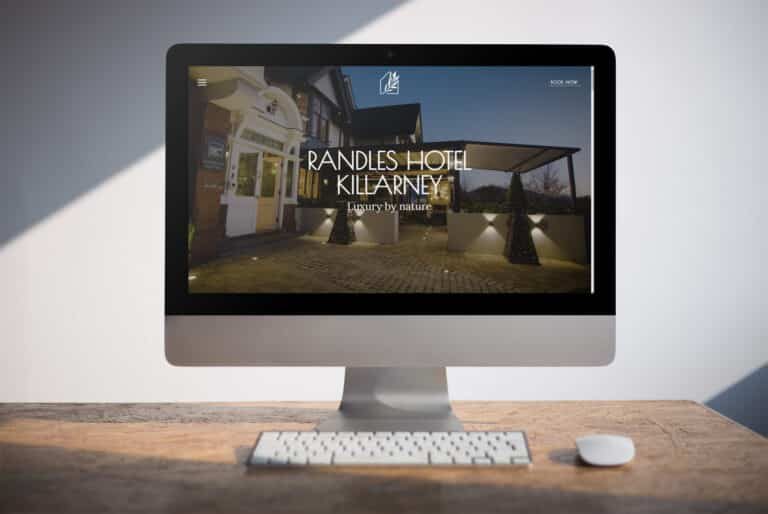Whether or not you view clickbait as an annoying white lie to get clicks from unsuspecting scrollers, or consider it as low hanging fruit and a prompt to unsubscribe from a content creator or channel, we delve into the do’s and don’t below.
What is Clickbait?
According to Collins Dictionary, clickbait is defined as ‘a hyperlink intended to entice the viewer to click through to another website’.
In layman’s terms, this is simply using sensationalized headlines or content in order to attract clicks. Often employing exaggerated language or claims, or leaving out /incomplete key information to encourage traffic to a website or social media page, often to generate advertising revenue.
In short, writing a headline that overpromises and content that underdelivers.
Examples:
Common clickbait examples often conform to formats such as:
• ‘Save thousands with one simple trick.’
• ‘This common household item has the potential to change your life.’
• ‘How to achieve amazing results with this one simple trick.’
• ‘Secrets exposed…..’
• ‘You’ll never believe…’
All these headlines, and clickbait in general, aim to make the heading as exciting as possible, with often lacklustre content.
The Positives:
Increased Click-Through Rates
Clickbait, or ‘link bait’, is deliberately used to pique interest in your audience, which can lead them to click on your link to learn more, adding more traction to your pages.
Usually, websites featuring clickbait receive ad revenue – the more clicks their link receives, the more people see the ads, and the more money their website receives.
With FOMO triggered, clickbait depends on the fear of missing out. If a headline touches on a popular subject, your audience will become curious and not want to miss out on this ‘breaking news.
Engagement
Engagement can increase with more audience members clicking on your clickbait and then going on to like/comment on your link – this is especially relevant if the content sparks emotional reactions.
Scrollers can be quick to share an eye-catching post based simply on the headline alone.
Visibility
As readers share and comment on your ‘shocking’ headline, it will become more visible to their friend circles on social media feeds and search results.
If shared and engaged with in large numbrs, your content has the potential to go viral – as attention-grabbing content is more likely to be shared with social network.
Doer of Good Deeds
Clickbait doesn’t have to be all bad!
When first mentioned, it’s thought of in a negative connotation – a ‘trick’ to get a click to subpar content.
However, by creating useful, interesting and quality content – your headlines can deliver on the promise of quality content.
The Negatives:
Fake News
As mentioned above in ‘engagement’ – scrollers can be quick to share an eye-catching post based simply on the headline alone, and not reading the content – leading to fake news.
No industry seems to have escaped the perils of clickbait – a scroll through social media can cause mis information and panic – based on headlines, not facts.
Audience Loyalty
If you commonly rely on misleading headlines to increase engagement, you’re undermining your audience experience, prompting them to lose trust in your ‘deceptive’ content.
‘Clickbait’ is generally used in a dismissive sense and readers can be quick to use the label to castigate your content.
With common use, expectations are set and can prompt an ‘unfollow’ or ‘block’ from your content.
Poor Algorithm
While clickbait may increase your clicks, if the content is lacklustre or not as promised, your audience will quickly exit your page – increasing your website’s bounce rate.
Algorithms will determine if someone stays on your link or video content longer, it must be interesting!
If they quickly exit or don’t get to the end of your content – they will align the algorithm ranking to prevent clickbait.
So, while clickbait might work first-time traffic, you will not see many conversions or return visits from these users – resist the temptation of short-term success!
How to Use Clickbait?
While we’d discourage tricking people with actual clickbait, we encourage using a more subtle approach with quality content to maintain your brand credibility.
We can still use some tactics behind clickbait, but with content that actually delivers:
Use Attention-Grabbing Headlines
Use eye-catching headlines to entice your audience to click e.g. ‘unbelievable new hack….’ Our ‘our biggest secret revealed’.
Create SEO-friendly Titles
Complete keyword research to write SEO-friendly informative headlines – letting your audience know what to expect from your linked content.
SEO-friendly titles can also help you increase organic traffic and boost your click-through-rate (CTR) and increase your algorithm rank.
Use Numbers
A lot of clickbait headlines use numbers e.g. ‘Our top 5 money saving hacks in digital marketing’. People instinctively are drawn to lists as their structure is easier to read and absorb.
Eye-Catching Thumbnails
Use attention-grabbing relevant thumbnails or header images to pique interest.
Be Relevant
Maintain your brand integrity by keeping headlines relevant to the linked content.
Measure Results
As with all marketing, use metrics to measure your results – such as click-through rats, bounce rate and engagement.
Uppercase Important Words
A fully uppercase headline may be over the top, but highlighting just one work can draw the eye.
Be Emotional
Clickbait titles are at time so ludicrous they can ruffle a few feathers – spark some emotion in your titles to make your links more clickable.
If you’re not a tech giant and need help with digital marketing, social media, branding or websites, we would love to hear from you too!





